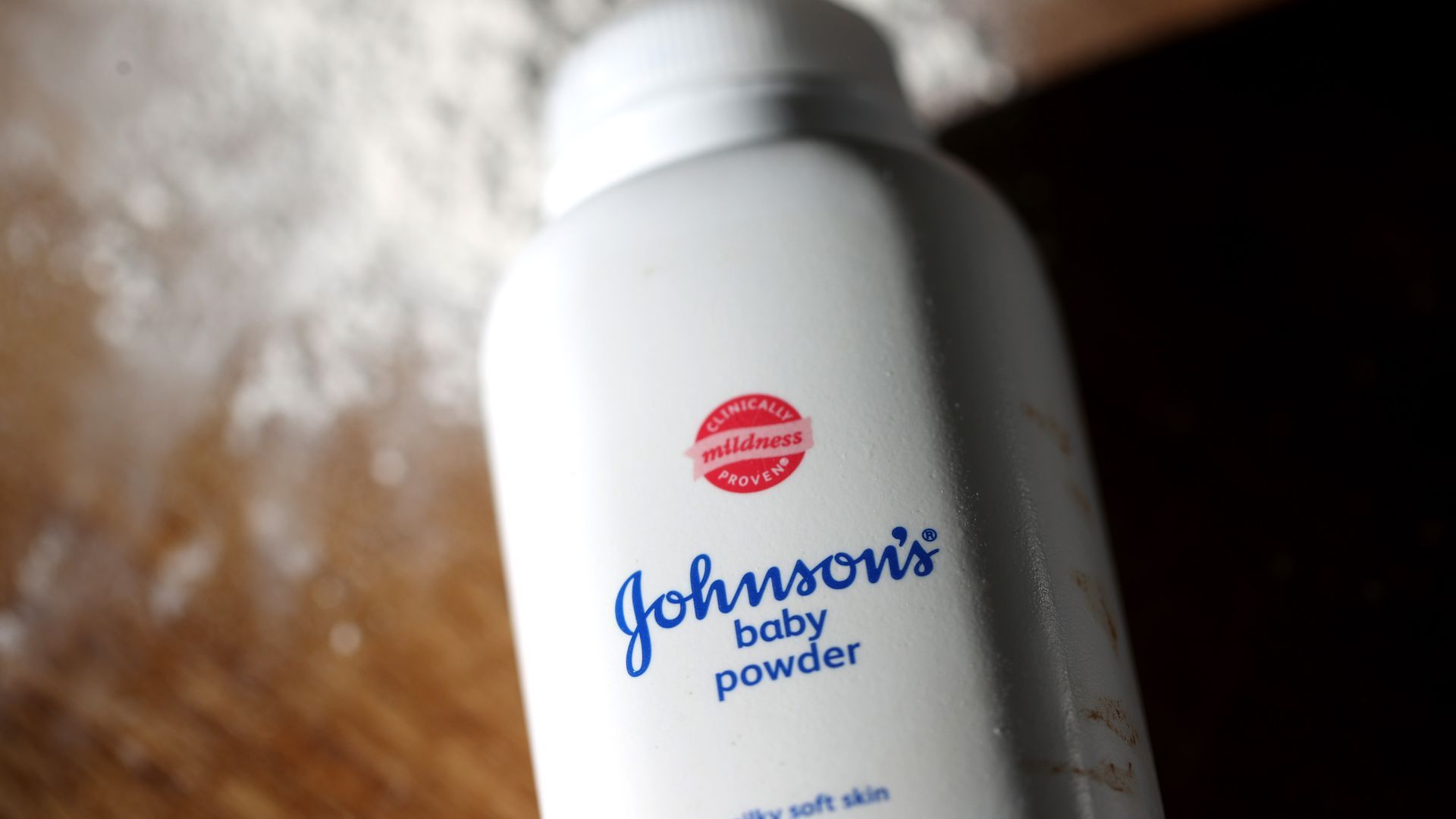| You have to actually be broke to file for bankruptcy protection — at least that's what a federal appellate court ruled yesterday, Axios' Nathan Bomey writes. Driving the news: The court dismissed the bankruptcy filing by a subsidiary of corporate giant Johnson & Johnson. J&J created the unit — dubbed LTL Management — for the express purpose of holding legal liabilities and then filing for Chapter 11. Why it matters: The ruling undercuts the emerging corporate strategy of using bankruptcy to excise costly liabilities when the organization itself is perfectly solvent. - "Because LTL was not in financial distress, it cannot show its petition served a valid bankruptcy purpose and was filed in good faith," a three-judge panel said in its unanimous ruling.
The big picture: Organizations and companies — like the NRA and 3M, for example — have been getting more creative about how they attempt to leverage the U.S. Bankruptcy Code to their advantage. - The Third Circuit said it doesn't intend to "discourage lawyers from being inventive." But, it said that J&J's finances mean it has no right to access the tools of bankruptcy court — which allow debtors to restructure and slash liabilities without facing further legal attacks.
What they're saying: "This is a vindication of the rule of law and the role of the civil justice system," University of North Carolina bankruptcy law professor Melissa Jacoby tells Axios. - "Bankruptcy plays a very important role in our legal system, but it's for extraordinary circumstances."
State of play: J&J faces some 38,000 lawsuits from people and their survivors claiming that the company's talc-based powder caused cancer. J&J has repeatedly denied the allegation. - At the time it put the new LTL unit into bankruptcy in October 2021, J&J had an equity value of more than $400 billion, a AAA credit rating, and $31 billion in cash and marketable securities.
- That means it almost surely had ample liquidity to pay LTL's obligations — and can't instead use the bankruptcy process, the court ruled. When LTL filed for bankruptcy, J&J was worth at least 25 times more than its estimated total product liabilities over the next 24 months, the ruling stated.
How it works: When an organization files for bankruptcy, creditors have to negotiate collectively with the debtor in pursuit of a settlement — often for pennies on the dollar in the case of litigants, who are considered unsecured creditors. - J&J had agreed to provide $2 billion through a trust to pay claims — an amount the alleged victims said was insufficient.
For the record: J&J said in a statement that it will appeal the ruling, rejecting the Third Circuit's contention that the company did not file the case in good faith. What's next: If the Supreme Court doesn't agree to hear J&J's appeal, the company will be forced to address its liabilities on a case-by-case basis in court, out of court, or through a massive civil settlement. Go deeper | 









No comments:
Post a Comment
Keep a civil tongue.